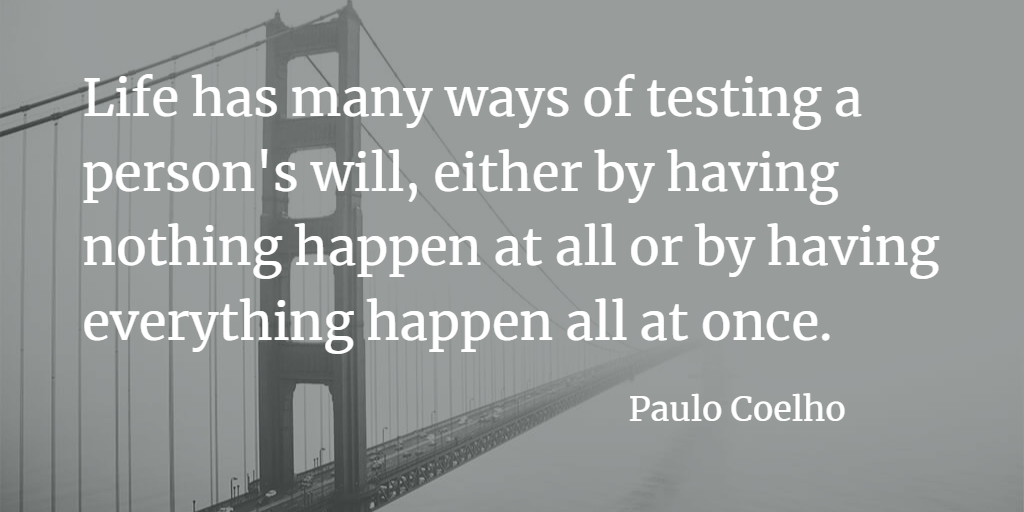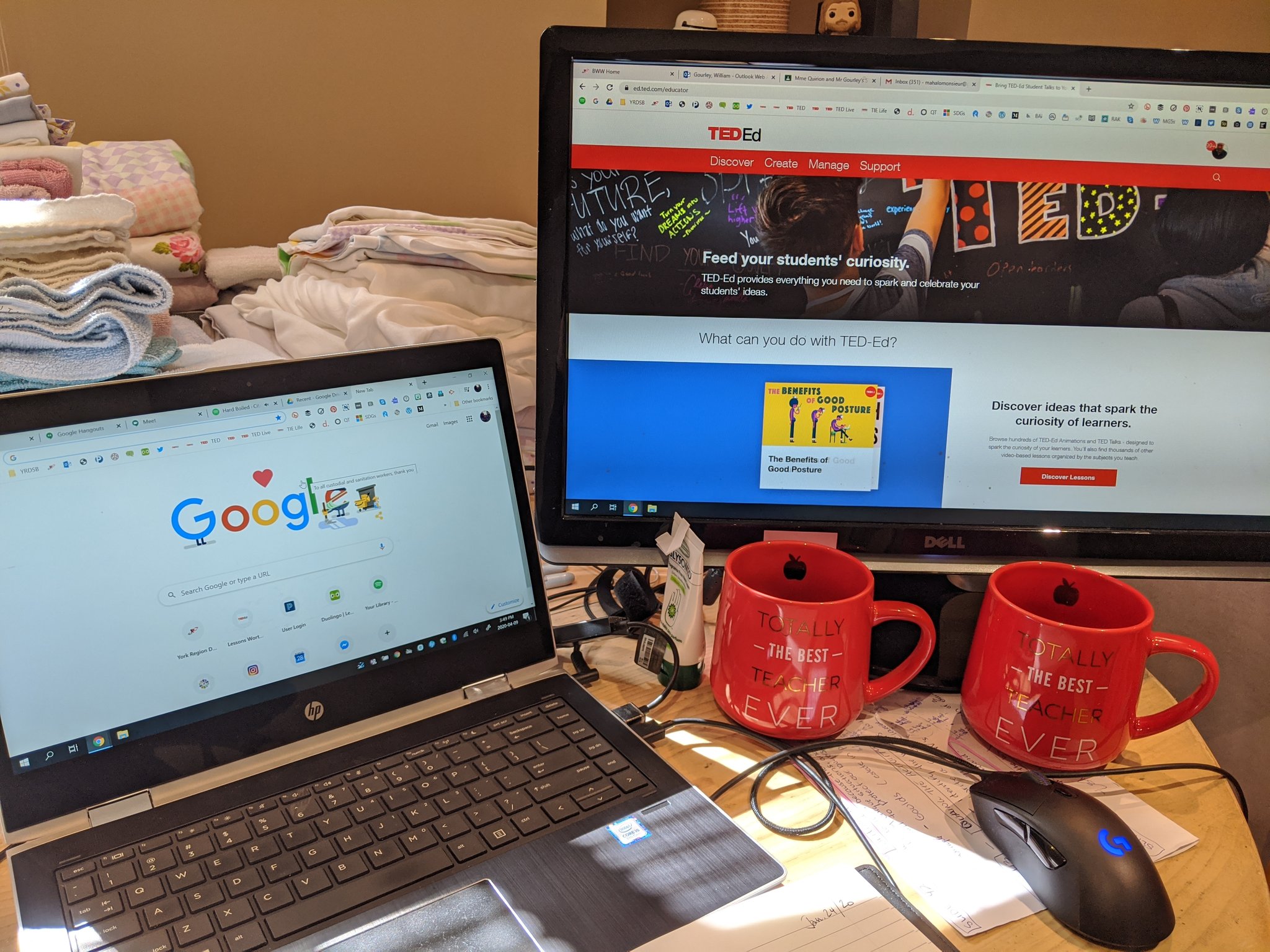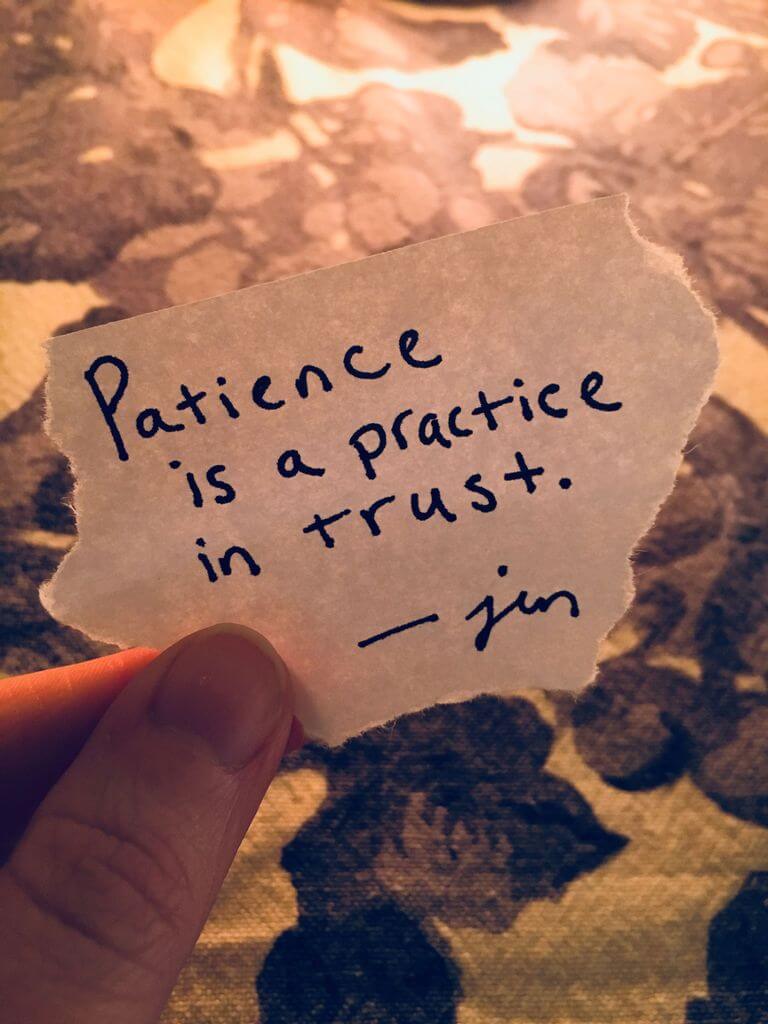
Without dipping too far into my bag of clichés this month, I wanted to focus on the incredible work coming from educators in respose to the “new normal” brought by the COVID 19 pandemic. The same educators who were standing up for the future of our students last month have been working hard to support them through the most extraordinary global event of this century.
The only way to describe what I’ve gained via the #onted Twitter hashtag, as we cope with #COVID19 and our work as educators, would be through words like perspective, wisdom, and supportive ideas. They would go alongside countless daily reminders that mental health matters, concern for students’ wellbeing, equity in education(access, tech, food insecurity, options), and concern for each other’s safety. In this post, if you’re not already tweeting, I want to encourage you all to join an amazing cohort of Ontario educators on Twitter so that you can benefit too.
Why? I am glad you asked(no I am not a sales rep for Twitter).
Imagine having a 24 hour cohort of teachers to form professional learning networks(PLNs), share resources, be encouraged by and learn from? That’s what connecting with the #onted PLN can do for all of us by connecting you with your fellow educators. While our numbers continue to grow, it is okay to start off slowly, sign up for an account, check out who is out there already, retweet some posts you like, share something new you’ve created like a blog post, lesson, piece of art or something you found interesting in the news. Make sure you include at least the #onted hashtag. Once you take flight, don’t be afraid to join in on some conversations. Following the #onted #ETFO #ETFOStrong and #OSSTF hashtags will keep you connected and up to date on all things happening in Ontario and with teacher unions.
So now that you’ve decided to sign up for a Twitter account there are a few things to consider.
- Do I create a personal or professional account?
Try to have one of each if you can. You can always have a personal account and then create a class account(check with your school board and admin for parameters). I have @willgourley and @MrGs_Class. I have also created a few school accounts for admin to share information from our board with families on the platform.
- Should I use my name or the number they give me?
It never hurts to be brief or creative here. It is dangerous to be @Taylor167895 as it will be hard to find or remember a name with so many users.
- Do I need a picture?
Yes. It can be of your pet. Try to personalize your page using the Settings. If you blog, include a link to your blog site too.
- How do I avoid all of the negativity coming from trolls and thoughtless people?
Hit mute, block, and report. If you stick to the #onted #ETFOStrong #education family you will seldom come across most of the Tweets coming from alt-right types and fake news spreaders.
- Who do I follow?
I would suggest following your preferred news outlets, then find your colleagues who are already on Twitter, and then any or all of the following people who are regularly contributing to the well being of their students and education in this province. Many on this list, are people who I have had the privilege to meet in person and can constantly count on for information and inspiration.
- Do I have to follow someone back?
Not necessarily. Make sure to check over who is following you first. Sometimes it might not be an appropriate site. It is easier to block them to avoid the hassle.
In no particular order are some of the hundreds of active and engaging Tweeps you will find in Ontario;
Albert Fong – Science teacher in Peel DSB and educational action taker
Andrew Campbell – friend of Albert Fong, Gr 5/6 teacher, frequent guest on CBC, writer, TEDx speaker
Matthew Morris – passionate blogger, introduced me to #hiphoped via Twitter, TEDx speaker
Debbie Donsky – a leaders leader, principal, artist, blogger, TEDx speaker
Jenn Giffen – tech queen, librarian, podcaster, and sketchnote guru
Noa Daniel – mentor, podcaster, TEDx speaker, and blogger
Chris Cluff – poet laureate, podcaster, long boarder, and creative genius
Rolland Chidiac – blogger, podcaster, maker spacer, good deed doer
Doug Peterson – blogger, Voice Ed Radio stalwart, glue that connects the #onted family
Kimiko Shibata – ESL specialist, active and creative ETFO member, nerd
DroptheDott – Craig Zimmer‘s alter ego, TED Ed Innovative Educator, TEDx organizer, History teacher
Dr Deb Weston – member of our Heart and Art writing family, SpEd and AQ teacher
Dr Carol Campbell – no relation to Andrew Campell, OISE prof, and global education sage
Geoff Ruggero – maker space innovator in the YRDSB
Jeewan Chanicka – focused on equity and justice, TED Ed Innovative Educator,
Lisa Mastrobuono – ETFO, Tweets about bargaining, education & labour issues
Zack Teitel – seeker and speaker of truth, always trying to make school less crappy and more meaningful
Sunil Singh – author, lover of all things Math, disruptor, TEDx speaker,
Andrew Bieronski – TEDx KitchenerEd organizer, consultant for education companies/tech startups,
Fred Galang – builder of creative literacy, teaches how to mix art & design with technology
For the sake of not overloading you as you join the #onted PLN via Twitter, I tried to include a wide variety of educators and voices for you to connect with to start. I could have included another 50, but that will have to be at another time.
Along the way you will find many others. My goal at the onset of this post was to introduce you to many of the people that I can count on for advice and support when times get tough. Congratulations in advance on joining the family. Feel free to tag me in a tweet sometime. @willgourley #onted #ETFOStrong




